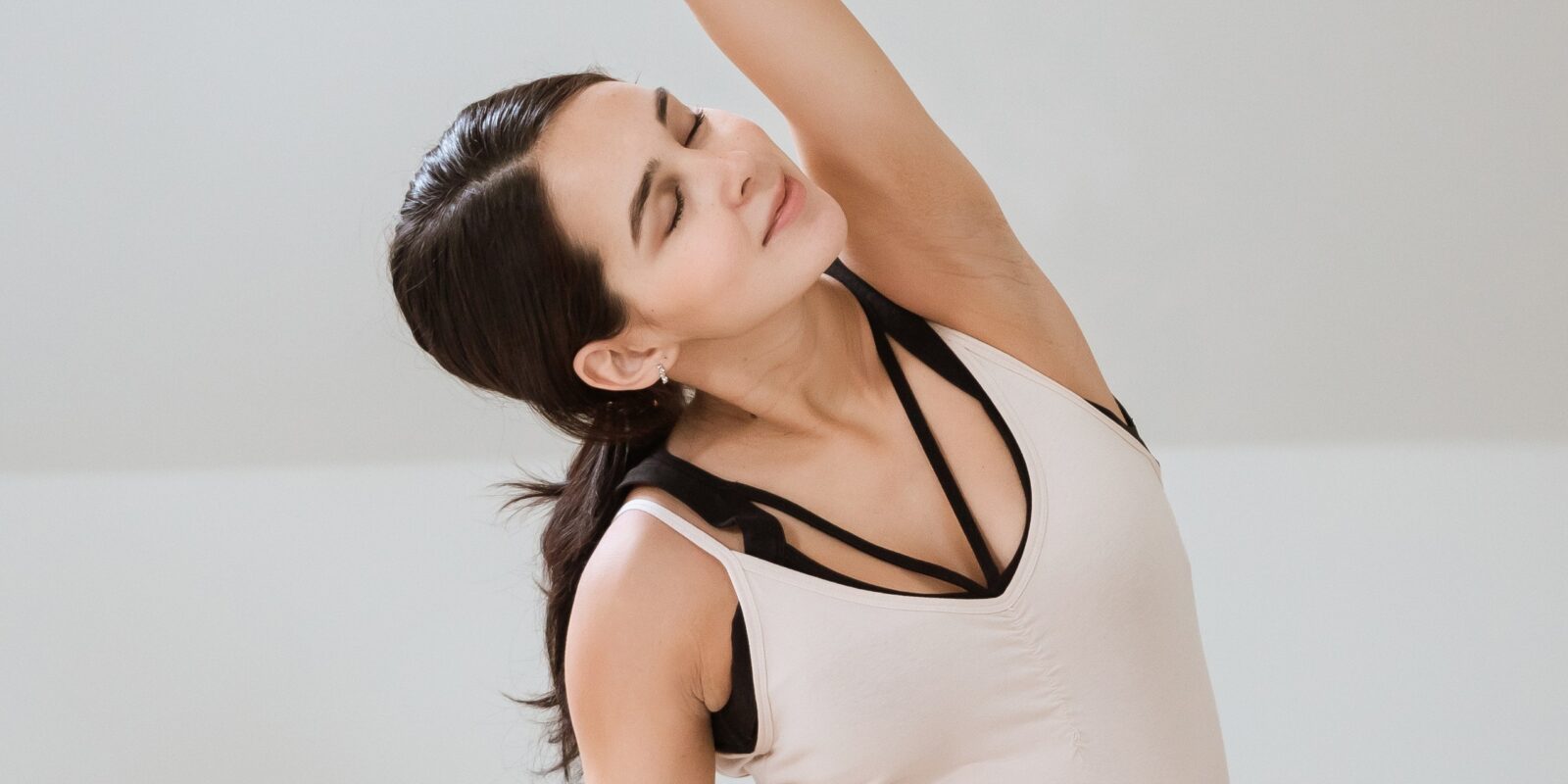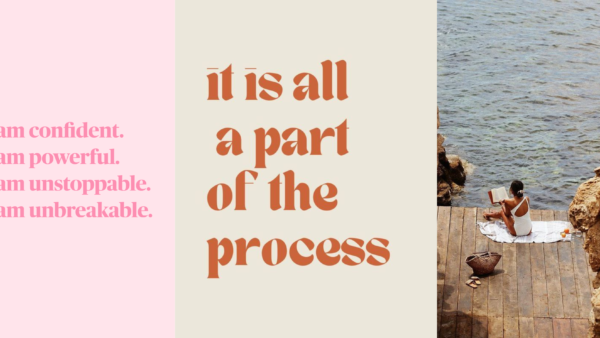Pregnancy symptoms like nausea, headaches, back pain and heartburn are common—and they can put a real damper on your days. Luckily, there are safe and natural solutions that can help, like massages, exercises and picking the right kinds of food. While these are considered safe during pregnancy, be sure to check with your doctor first.
1) Tackle the nausea
Increased hormone levels and low blood sugar levels during the first few weeks of pregnancy can cause nausea and morning sickness, which can be uncomfortable and painful. While medications are available, a little nausea can be quelled by eating ginger. “You will notice a marked difference in nausea if you have freshly shredded ginger with water twenty minutes before eating,” says Janvi Chitalia, an integrative gut microbiome health coach and functional nutritionist.
2) Upgrade your sleep
Dr Sibasish Dey, head, medical affairs, Asia and Latin America, ResMed, advises an expecting mother to be even more careful in maintaining a sleep pattern in sync with her circadian rhythm. “Healthcare providers should consider recommending that women also sleep for two,” he explains. His advice: Adopt the lateral position. Sleeping on your side (particularly the left side) also improves circulation to the heart and allows for the best blood flow to the foetus, uterus, and kidneys.
3) Avoid foods that’ll make you feel uncomfortable
With stomach pushing up the diaphragm, many foods can leave you feeling sick. “Cabbage, broccoli, cauliflower and kale can lead to bloating,” says Chitalia. She also suggests skipping nightshades like pepper, brinjals and tomatoes, as well as corn and soy. Anti-inflammatory foods are ideal during his time, and Chitalia suggests picking spices like mint, fennel seeds, pepper and turmeric.
4) Move your body
Sitting for too long can cause your diaphragm to lock up as you squeeze your stomach, which can start to feel uncomfortable. Mobility expert Shereena Master recommends simple yet effective mobility exercises for 10 minutes daily to encourage agile movement through the body. “Start with bridge squeezes. This exercise preps your body for delivery by strengthening your core, glutes, lower back and inner thigh muscles. It helps strengthen your pelvic floor muscles too. Bridge squeezes also help mobilise the hip joints and muscles, ensuring smooth flow of movements during delivery,” she adds.
Due to postural changes, the second trimester is an ideal time to create a stretching routine to focus on flexibility and mobility of the hip flexors. “When your belly grows, it tends to fall forward, creating shortened hip flexor muscles so it is important to stretch and mobilise these muscles. Start in a half-kneeling position on the floor. Place your right knee on the floor and your left foot in front of you, forming a nighty degree angle, left foot flat on the floor. Keeping your spine nice and tall, take your right arm towards the ceiling and stretch all the up, while also driving your hip forward. You will feel a stretch in the front of your right hip and thigh,” says Master.
5) Focus on your breath
Incorporating 10 minutes of breathing into your daily routine is essential if you’re struggling with pain. “Start by gently closing your eyes in an upright seated position. Place your hands on your belly and take a deep breath in through your nose. Feel your belly rise as your diaphragm expands at this point. Hold the breath for a few seconds and then exhale through your mouth, feeling your belly fall. Repeat this cycle ten times,” advises Master. Deep breathing and meditation helps a lot during pregnancy as it helps keep the mind and body calm,” agrees Dr Anjana Singh, director and HOD OB/GYN, Fortis Hospital Noida.
6) Try a gentle massage
While pregnant women often have lower back pain, massaging the area is usually suggested against. Instead, Dr Singh gives a thumbs up to gentle massage techniques on your legs to help take the pressure and tension off. She suggests making movements upwards, from the foot up toward the heart as it enhances circulation.
The article was first published in Vogue





